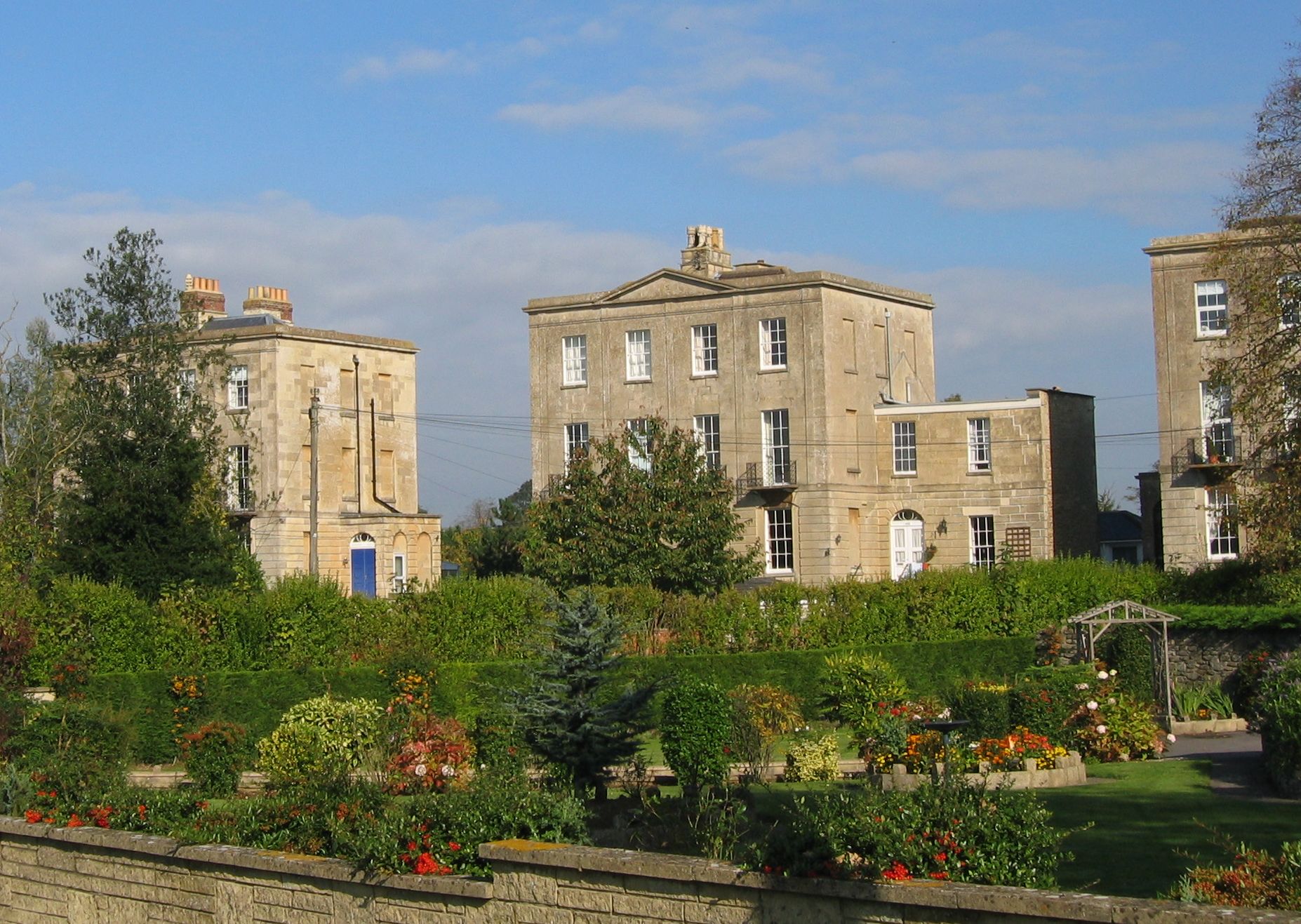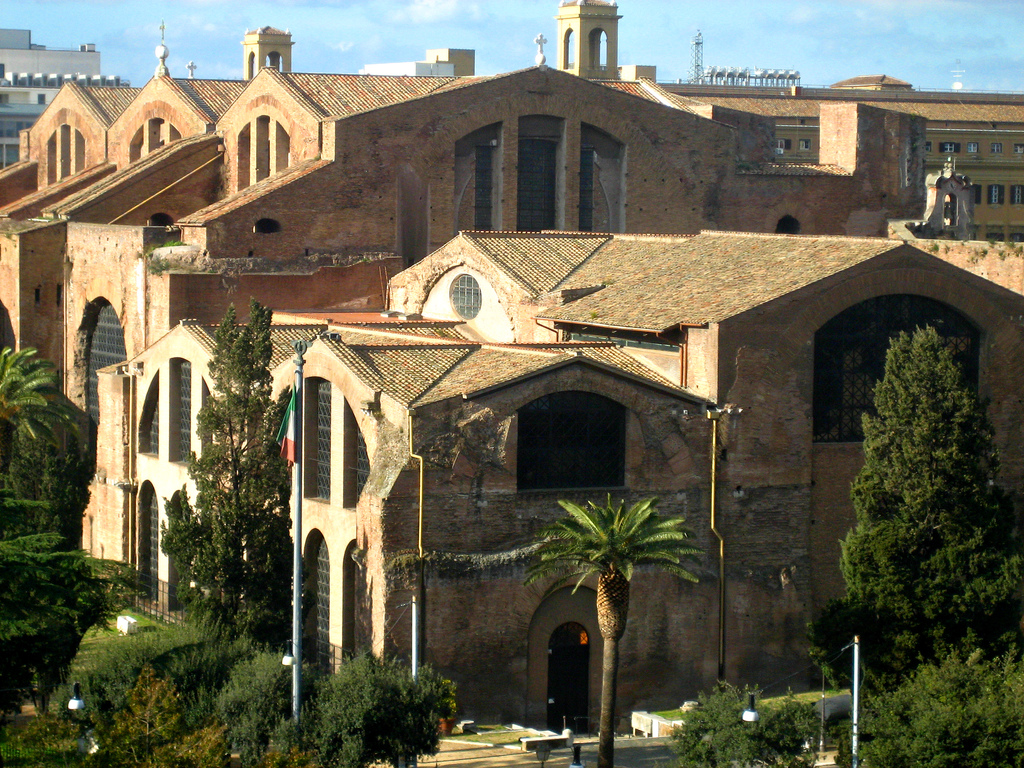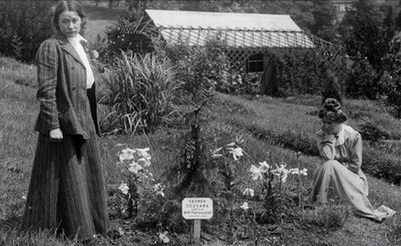|
Melksham Town Hall
Melksham Town Hall is a municipal building in the Market Place in Melksham, Wiltshire, England. The structure, which was built as a cheese market and is now the home of Melksham Town Council, is a Grade II listed building. History The west side of the Market Place had originally formed part of the orchard of Place House, a manor house which had been erected by Henry Brouncker in the mid-16th century. His son, also named Henry Brouncker, became member of parliament for Westbury in 1572, for Devizes in 1584, 1586 and 1589, and for Dorchester in 1601. The house itself was completely demolished in 1864. The orchard site was acquired by the directors of the Melksham Market Company in 1846 as the proposed location for a cheese market. The new building was designed by D. Jones of Bradford-on-Avon in the Italianate style, built in ashlar stone at a cost of £3,350 and was completed in 1847. The design involved a symmetrical main frontage with three bays facing onto the Market Place; ... [...More Info...] [...Related Items...] OR: [Wikipedia] [Google] [Baidu] |
Melksham
Melksham () is a town on the River Avon in Wiltshire, England, about northeast of Trowbridge and south of Chippenham. At the 2011 census, the Melksham built-up area had a population of 19,357, making it Wiltshire's fifth-largest settlement after Swindon, Salisbury, Chippenham and Trowbridge. History Early history Excavations in 2021 in the grounds of Melksham House found fragments of locally made pottery from the early Iron Age (7th to 4th centuries BC). There is evidence of settlement continuing into the later Iron Age and Roman periods, including Roman clay roof tiles. Melksham developed at a ford across the River Avon. The name is presumed to derive from "''meolc''", the Old English for milk, and ''"ham"'', a village. On John Speed's map of Wiltshire (1611), the name is spelt both ''Melkesam'' (for the hundred) and ''Milsham'' (for the town itself). Melksham is also the name of the Royal forest that occupied the surrounding of the area in the Middle Ages. Landowne ... [...More Info...] [...Related Items...] OR: [Wikipedia] [Google] [Baidu] |
Belfry (architecture)
The belfry is a structure enclosing bells for ringing as part of a building, usually as part of a bell tower or steeple. It can also refer to the entire tower or building, particularly in continental Europe for such a tower attached to a city hall or other civic building. A belfry encloses the bell chamber, the room in which the bells are housed; its walls are pierced by openings which allow the sound to escape. The openings may be left uncovered but are commonly filled with louvers to prevent rain and snow from entering and damaging the bells. There may be a separate room below the bell chamber to house the ringers. Etymology The word ''belfry'' comes from the Old North French or , meaning 'movable wooden siege tower'. The Old French word itself is derived from Middle High German , 'protecting shelter' (cf. the cognate ''bergfried''), combining the Proto-Germanic , 'to protect', or , 'mountain, high place', with , 'peace; personal security', to create , lit. 'high place ... [...More Info...] [...Related Items...] OR: [Wikipedia] [Google] [Baidu] |
Mungo Jerry
Mungo Jerry are a British rock band, formed by Ray Dorset in Ashford, Middlesex in 1970. Experiencing their greatest success in the early 1970s, with a changing lineup always fronted by Ray Dorset, the group's biggest hit was "In the Summertime". They had nine charting singles in the UK, including two number ones, five top 20 hits in South Africa, and four in the Top 100 in Canada. History Formation and original band: 1970–1971 Mungo Jerry came to prominence in 1970 after their performances at the Hollywood Festival at Newcastle-under-Lyme, Staffordshire, on 23–24 May, which was their first gig under this name, inspired by the poem "Mungojerrie and Rumpleteazer" from T. S. Eliot's ''Old Possum's Book of Practical Cats'', performing alongside Black Sabbath, Traffic, Ginger Baker's Air Force, the Grateful Dead (their first performance in the UK) and José Feliciano. Their 23 May show was well received and the organisers asked them to perform again on the following day. The ... [...More Info...] [...Related Items...] OR: [Wikipedia] [Google] [Baidu] |
Rock Music
Rock music is a broad genre of popular music that originated as " rock and roll" in the United States in the late 1940s and early 1950s, developing into a range of different styles in the mid-1960s and later, particularly in the United States and United Kingdom.W. E. Studwell and D. F. Lonergan, ''The Classic Rock and Roll Reader: Rock Music from its Beginnings to the mid-1970s'' (Abingdon: Routledge, 1999), p.xi It has its roots in 1940s and 1950s rock and roll, a style that drew directly from the blues and rhythm and blues genres of African-American music and from country music. Rock also drew strongly from a number of other genres such as electric blues and folk, and incorporated influences from jazz, classical, and other musical styles. For instrumentation, rock has centered on the electric guitar, usually as part of a rock group with electric bass guitar, drums, and one or more singers. Usually, rock is song-based music with a time signature using a verse–chorus form, ... [...More Info...] [...Related Items...] OR: [Wikipedia] [Google] [Baidu] |
Diocletian Window
Diocletian windows, also called thermal windows, are large semicircular windows characteristic of the enormous public baths (''thermae'') of Ancient Rome. They have been revived on a limited basis by some classical revivalist architects in more modern times. Description Diocletian windows are large segmental arched windows (or other openings), which are usually divided into three lights (window compartments) by two vertical mullions. The central compartment is often wider than the two side lights on either side of it. Names Diocletian windows are named after the windows found in the Baths of Diocletian (AD 302) in Rome. (The Thermae is now the church of Santa Maria degli Angeli e dei Martiri.) The variant name, thermal window, also comes from their association with the Thermae of Diocletian. Influence This type of window was revived and used in Italy in the 16th century, especially by Andrea Palladio. Palladio and others incorporated an elongated Diocletian window in the for ... [...More Info...] [...Related Items...] OR: [Wikipedia] [Google] [Baidu] |
Women's Suffrage
Women's suffrage is the right of women to vote in elections. Beginning in the start of the 18th century, some people sought to change voting laws to allow women to vote. Liberal political parties would go on to grant women the right to vote, increasing the number of those parties' potential constituencies. National and international organizations formed to coordinate efforts towards women voting, especially the International Woman Suffrage Alliance (founded in 1904 in Berlin, Germany). Many instances occurred in recent centuries where women were selectively given, then stripped of, the right to vote. The first place in the world to award and maintain women's suffrage was New Jersey in 1776 (though in 1807 this was reverted so that only white men could vote). The first province to ''continuously'' allow women to vote was Pitcairn Islands in 1838, and the first sovereign nation was Norway in 1913, as the Kingdom of Hawai'i, which originally had universal suffrage in 1840, r ... [...More Info...] [...Related Items...] OR: [Wikipedia] [Google] [Baidu] |
Annie Kenney
Ann "Annie" Kenney (13 September 1879 – 9 July 1953) was an English working-class suffragette and socialist feminist who became a leading figure in the Women's Social and Political Union. She co-founded its first branch in London with Minnie Baldock. Kenney attracted the attention of the press and public in 1905 when she and Christabel Pankhurst were imprisoned for several days for assault and obstruction related to the questioning of Sir Edward Grey at a Liberal rally in Manchester on the issue of votes for women. The incident is credited with inaugurating a new phase in the struggle for women's suffrage in the UK with the adoption of militant tactics. Annie had friendships with Emmeline Pethick-Lawrence, Baroness Pethick-Lawrence, Mary Blathwayt, Clara Codd, Adela Pankhurst, and Christabel Pankhurst. Early life Kenney was born in 1879 in Springhead, West Riding of Yorkshire., to Horatio Nelson Kenney (1849–1912) and Anne Wood (1852–1905). She was the fourth daughter in ... [...More Info...] [...Related Items...] OR: [Wikipedia] [Google] [Baidu] |
Suffragette
A suffragette was a member of an activist women's organisation in the early 20th century who, under the banner "Votes for Women", fought for the right to vote in public elections in the United Kingdom. The term refers in particular to members of the British Women's Social and Political Union (WSPU), a women-only movement founded in 1903 by Emmeline Pankhurst, which engaged in direct action and civil disobedience. In 1906, a reporter writing in the ''Daily Mail'' coined the term ''suffragette'' for the WSPU, derived from suffragist (any person advocating for voting rights), in order to belittle the women advocating women's suffrage. The militants embraced the new name, even adopting it for use as the title of the newspaper published by the WSPU. Women had won the right to vote in several countries by the end of the 19th century; in 1893, New Zealand became the first self-governing country to grant the vote to all women over the age of 21. When by 1903 women in Britain had ... [...More Info...] [...Related Items...] OR: [Wikipedia] [Google] [Baidu] |
Royal Wiltshire Yeomanry
The Royal Wiltshire Yeomanry (RWY) was a Yeomanry regiment of the Kingdom of Great Britain and the United Kingdom established in 1794. It was disbanded as an independent Territorial Army unit in 1967, a time when the strength of the Territorial Army was greatly reduced. The regiment lives on in B (Royal Wiltshire Yeomanry) and Y (Royal Wiltshire Yeomanry) Squadrons of the Royal Wessex Yeomanry. The regiment took part in the Second Boer War as part of the Imperial Yeomanry. In the First World War, it fought on the Western Front, but saw relatively little action as horsed cavalry. After conversion to infantry, it fought in the trenches, notably during 3rd Ypres in 1917 and during the German spring offensive in 1918. In the Second World War, the regiment fought in the Middle East, seeing action in Syria against Vichy French forces, as well as operations in Iraq and Iran. It then joined 9th Armoured Brigade, seeing action in North Africa and Italy. With this formation, it too ... [...More Info...] [...Related Items...] OR: [Wikipedia] [Google] [Baidu] |
Urban District (Great Britain And Ireland)
In England and Wales, Northern Ireland, and the Republic of Ireland, an urban district was a type of local government district that covered an urbanised area. Urban districts had an elected urban district council (UDC), which shared local government responsibilities with a county council. England and Wales In England and Wales, urban districts and rural districts were created in 1894 (by the Local Government Act 1894) as subdivisions of administrative counties. They replaced the earlier system of urban and rural sanitary districts (based on poor law unions) the functions of which were taken over by the district councils. The district councils also had wider powers over local matters such as parks, cemeteries and local planning. An urban district usually contained a single parish, while a rural district might contain many. Urban districts were considered to have more problems with public health than rural areas, and so urban district councils had more funding and greater power ... [...More Info...] [...Related Items...] OR: [Wikipedia] [Google] [Baidu] |
King's College Hospital
King's College Hospital is a major teaching hospital and major trauma centre in Denmark Hill, Camberwell in the London Borough of Lambeth, referred to locally and by staff simply as "King's" or abbreviated internally to "KCH". It is managed by King's College Hospital NHS Foundation Trust. It serves an inner city population of 700,000 in the London boroughs of Southwark and Lambeth, but also serves as a tertiary referral centre in certain specialties to millions of people in southern England. It is a large teaching hospital and is, with Guy's Hospital and St. Thomas' Hospital, the location of King's College London School of Medicine and one of the institutions that comprise the King's Health Partners, an academic health science centre. The chief executive is Dr Clive Kay. History Early history King's was originally opened in 1840 in the disused St Clement Danes workhouse in Portugal Street close to Lincoln's Inn Fields and King's College London itself. It was used as a trai ... [...More Info...] [...Related Items...] OR: [Wikipedia] [Google] [Baidu] |

.jpg)





